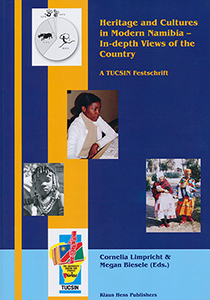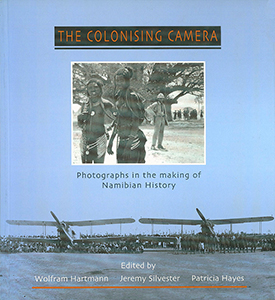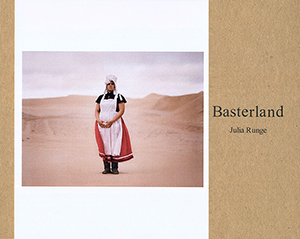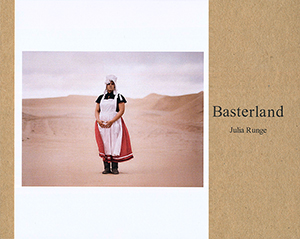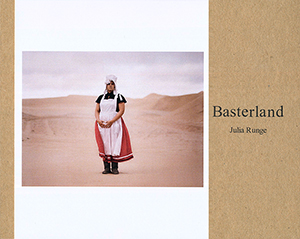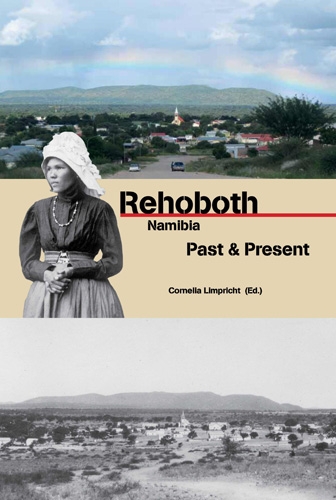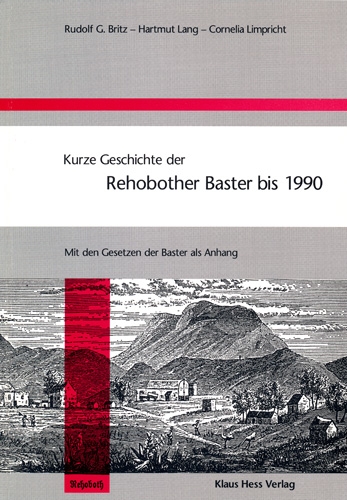Heritage and Cultures in Modern Namibia. In-depth Views of the Country, by Cornelia Limpricht and Megan Biesele
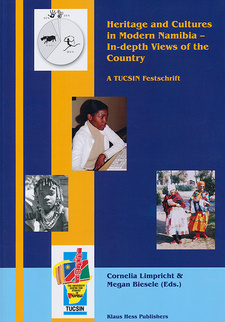
Heritage and Cultures in Modern Namibia, by Cornelia Limpricht and Megan Biesele. Klaus Hess Publishers. Göttingen, Windhoek-Namibia 2008. ISBN 9783933117397 / ISBN 978-3-933117-39-7
The introduction of the Festschrift Heritage and Cultures in Modern Namibia is started with a preface by Cornelia Limpricht and Megan Biesele.
Cornelia Limpricht Michael Bollig
Jubilees are a good opportunity for giving account and for presenting an outlook. In this case a scientific Festschrift comprising research results is to be submitted to a broad spectrum of the Namibian public. All along TUCSIN has offered us scientists from abroad a base from which to operate, as well as support and encouragement in our work. In this regard Dr. Beatrice Sandelowsky, who together with other Namibians founded TUCSIN in 1978, has played a vital role. Consequently this Festschrift is dedicated to her and to TUCSIN. Growing up on a farm on the edge of the Namib Desert the lively and inquisitive girl started to be taught by her mother at a very early age. Jokingly her father enjoyed telling people that his daughter's first coherent sentence had been: "Pass me the encyclopedia." The anecdote reflects two consistent character traits: curiosity and a thirst for knowledge. Two other characteristics should be added: perseverance and the conviction that everybody can reach targeted goals. Therefore she was not discouraged when she was said to be 'crazy' for wanting to be an archaeologist. She submitted, temporarily, to studies of something which was seen as respectable for women: primary school teaching. However, she took the first chance to study archaeology in America. Her studies focused on African archaeology and were completed with a doctoral thesis on the Later Stone Age in Malawi. On her return to southern Africa in the late 1960s she was employed at the State Museum (now the National Museum) in Windhoek. Three years later she was a senior lecturer at the University of the Western Cape, a university for coloured students at that time. Her free spirit and friendships beyond racial borders drew negative reactions at both institutions. To make things worse archaeology was a suspect subject under the apartheid system. In the late 1970s she was practically banned from pursuing her career because her permits for excavations in SWA-Namibia were withdrawn. Expelled from two major institutions, she had to re-orientate herself This is when TUCSIN and later the Rehoboth Museum came into play.
TUCSIN (The University Centre for Studies in Namibia)
In 1978 a group of like-minded people established an educational institution in anticipation of a Namibian university to be founded at a later stage.3 In the meantime the organization was committed to improving the quality of education of so called 'non-whites'. Although statutory apartheid had been abolished in the same year (otherwise TUCSIN could not have been founded), SWA-Namibia still remained a deeply divided society where blacks faced massive disadvantages, amongst others, within the educational system. The establishment of the organization was a completely private initiative. For a few years TUCSIN was supported exclusively by a handful of people in the private sector. Here tribute must be paid to Robert Camby, a consultant engineer, who was the first elected chairman, and whose enthusiasm convinced a number of skeptics to join. The first bursaries for university study were privately donated. There were very few applicants. On account of the poor education system most of them could not satisfy the entry requirements of good universities. Consequently TUCSIN designed an upgrading course for school leavers who had failed the final examination. In 1984 the first full time course was offered to eight students taking six subjects in which they would be re-examined. [...]
This is an excerpt from the book: Heritage and Cultures in Modern Namibia. In-depth Views of the Country, by Cornelia Limpricht and Megan Biesele.
Title: Heritage and Cultures in Modern Namibia
Subtitle: In-depth Views of the Country
Editors: Cornelia Limpricht; Megan Biesele
Klaus Hess Publishers
Göttingen, Windhoek-Namibia 2008
ISBN 9783933117397 / ISBN 978-3-933117-39-7
Softcover, 21 x 30 cm, numerous photos and tables
Limpricht, Cornelia und Bollig, Michael im Namibiana-Buchangebot
Heritage and Cultures in Modern Namibia. In-depth Views of the Country
Heritage and Cultures in Modern Namibia are introduced by this TUCSIN Festschrift through in-depth views of Namibia.
The Colonising Camera
The Colonising Camera is a pioneering work on photography and the historiographs of Namibia with excellently reproduced photographs.
Basterland
Basterland is an unique photographic journey into the allday life of the Baster community in Central Namibia.
Basterland
Basterland ist ein einzigartiger Fotoband über die Bevökerungsgruppe der Baster in Zentralnamibia.
Landnahme-Landbesitz-Landverlust. Baster-Territorien in Südafrika und Namibia: 1865-2015
Die Geschichte der Baster-Territorien in Südafrika und Namibia von 1865 bis 2015 und den Aspekten der Landnahme, des Landbesitzes und Landverlustes.
Rehoboth, Namibia. Past & Present
This most interesting study is about the aspects of Baster history and social structure in Rehoboth, Namibia and how they influence past and present life.
Kurze Geschichte der Rehobother Baster bis 1990
Dieses Buch stellt als erstes die relativ kurze Geschichte der Rehobother Baster bis 1990 und die Gesetze der Baster als Anhang, vor.

